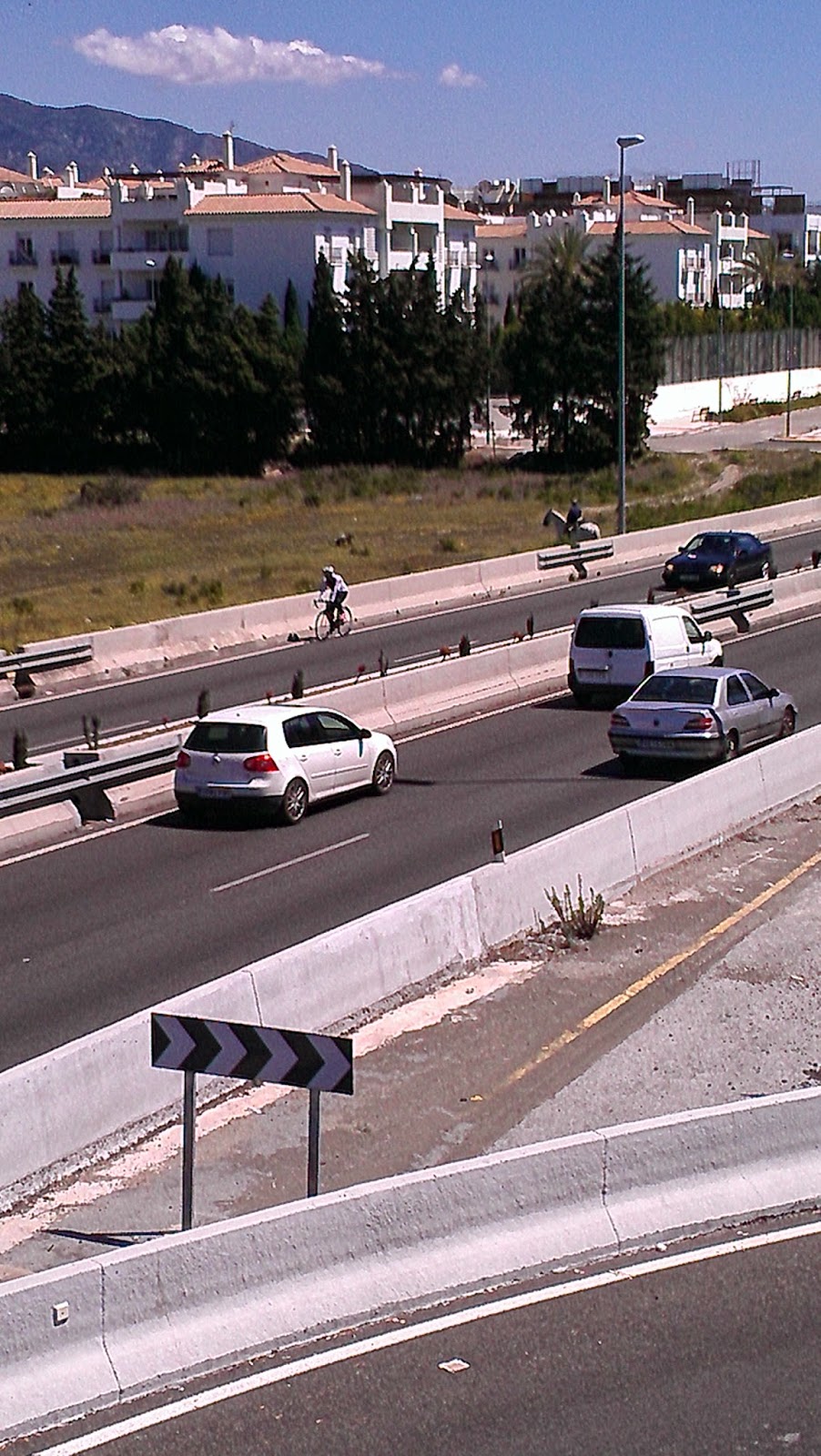For my first weekend excursion from Marbella, I chose to head to Granada. It’s less than 3 hours away by bus, and there were a couple of other girls from my CIEE orientation heading there for the weekend as well, so I figured it was a good time to check out what the city had to offer.
When I arrived, I had the good fortune of bumping into my friends as soon as I got on the bus to head to my room for the weekend. We made plans to meet up for tapas and drinks later that night, and they headed off to their hostel nearby, while I went to go check in with my AirBnB host.
Lodging / Accomodations
Highlights: My room was right in the center of Granada, located almost directly behind the Cathedral, and with easy access to all the city buses. Lots of shops, restaurants, and bars were right out the front door, and since it was in the historic area, the architecture of both the room and the surrounding buildings was a beautiful sight to see while moving about. My host also had maps, and information on popular sights and attractions in Granada already in my room. And the nicest touch of all? She had a hot water bottle available for my use – a lucky stroke since I’d decided to leave mine at home. Did I mention how cold most Spanish homes are in the winter months?
Lowlights: All that historic architectural charm – close-together buildings, narrow cobblestone streets, high ceilings – also meant that noise from the street below could be heard as clear as a bell in my room. There was more than 1 time that I thought someone was in the apartment with me, but it was actually sound coming from the street below.
Sights, Tastes, and Sounds
After checking in to my room, I met up with my two colleagues I’d seen on the bus – Allison and Nicole. We headed straight for nearby Calle Elvira, a main artery running through a network of alley-like streets filled with tapas bars, teterias, kebab shops and vendor stalls tightly packed together, giving the whole area the look of an old Moorish marketplace in the middle of modern-day Spain.
We made our first stop at La Antigualla for our inauguration into the free tapas phenomenon we had all heard about but had yet to experience. Another auxiliar, Laura, who lives/teaches in Granada met up with us later. The four of us spent the rest of the evening bar-hopping and getting our fill of copas and tapas while catching up on our experiences-to-date as new auxiliars.
The Alhambra
The next morning I was up early (well early-ish) to head to the Alhambra. After a quick walk to catch the bus, I arrived at the Alhambra gates, purchased my 15€ ticket, grabbed a quick croissant and coffee in the snack bar, and headed in to get started on my self-guided tour.
The Alhambra is an ancient palace and fort built for Moorish royalty in the 9th century and subsequently added on to by different Muslim and Spanish rulers up to the 14th century. There are four major structures to see within the Alhambra:
- The Palace of Charles V,
- The Alcazaba,
- The Palacios Nazaries,
- and the Generalife.
Over the next 4+ hours, I strolled throughout the massive complex, taking in the ancient beauty of the place. The original theme for the Alhambra was ‘paradise on Earth’, and it certainly feels like that when you’re there.
Unfortunately my phone (and hence, my camera) died just as I reached the Generalife, so I have no pictures of it to share.
After leaving the Alhambra, I caught the bus back to my room for a quick rest and a phone charge, then headed out to meet Allison and Nicole, and a different CIEE auxiliar also living and teaching in Granada, Brit.
I linked up with the 3 ladies in Plaza Nueva, and over a quick bite to eat, we decided to head to the Albayzín. Since Brit had been before, she would serve as our unofficial tour guide.
The Albayzín (Albaicín)
The Albayzín is a maze-like neighborhood in Granada. It’s yet another slice of Spain’s ancient Moorish past that still exists today. The neighborhood is built in the style of a North African medina, with winding streets so narrow that, in certain places, cars can’t even pass through. The neighborhood extends up into the hills overlooking the city of Granada. My AirBnB host had told me that gypsies lived up in the hills in a sort of shantytown, and that on some evenings, if you went walking through at the right time, you could see them performing flamenco in the caves up there. I wasn’t all that sure about how I felt being caught with some dancing gypsies in a cave after dark, but I was game for a pre-sunset excursion.
After we’d walked for a while, I noticed the sun was getting lower and lower, and we weren’t showing any signs of turning back. The cobblestone streets had ended, as had any signs of a real neighborhood. We were entering shantytown territory and Brit was steadily leading the charge. I put up a futile protest as we started a short, but steep climb up a gravelly path that would take us deeper into shantytown. Not only was I already pretty tired from my all-morning tour of the Alhambra, but I also kept thinking to myself, “It’s getting dark. And there are gypsies.” Yet, we pushed on.
In the end, I was glad I didn’t let my tiredness or wariness get the best of me. The views from the top were amazing. We arrived just as the sun was beginning to set. With the snow-capped mountains in the distance, the impressive Alhambra in the foreground, and the beautiful city of Granada below, it was a view so stunning that my poor little camera could never do it justice.
After lingering about for tons of pictures and a quick rest to watch the sun go down, we started our descent back through the Albayzín to the center of Granada. On the way, I saw some nice works of graffiti.
Botellón and Bars
I returned to my room for a disco nap, then met up with 3 of the ladies for a quick taps before heading over to Laura’s apartment where we would join her and her roommates for a night out. It all unfolded something like this:
.jpg) |
| Before: Gracias por tu visita. After: Gracias, puta! |
 |
| A quick copa before heading to Laura’s. A free tapa too, cuz… why not? |
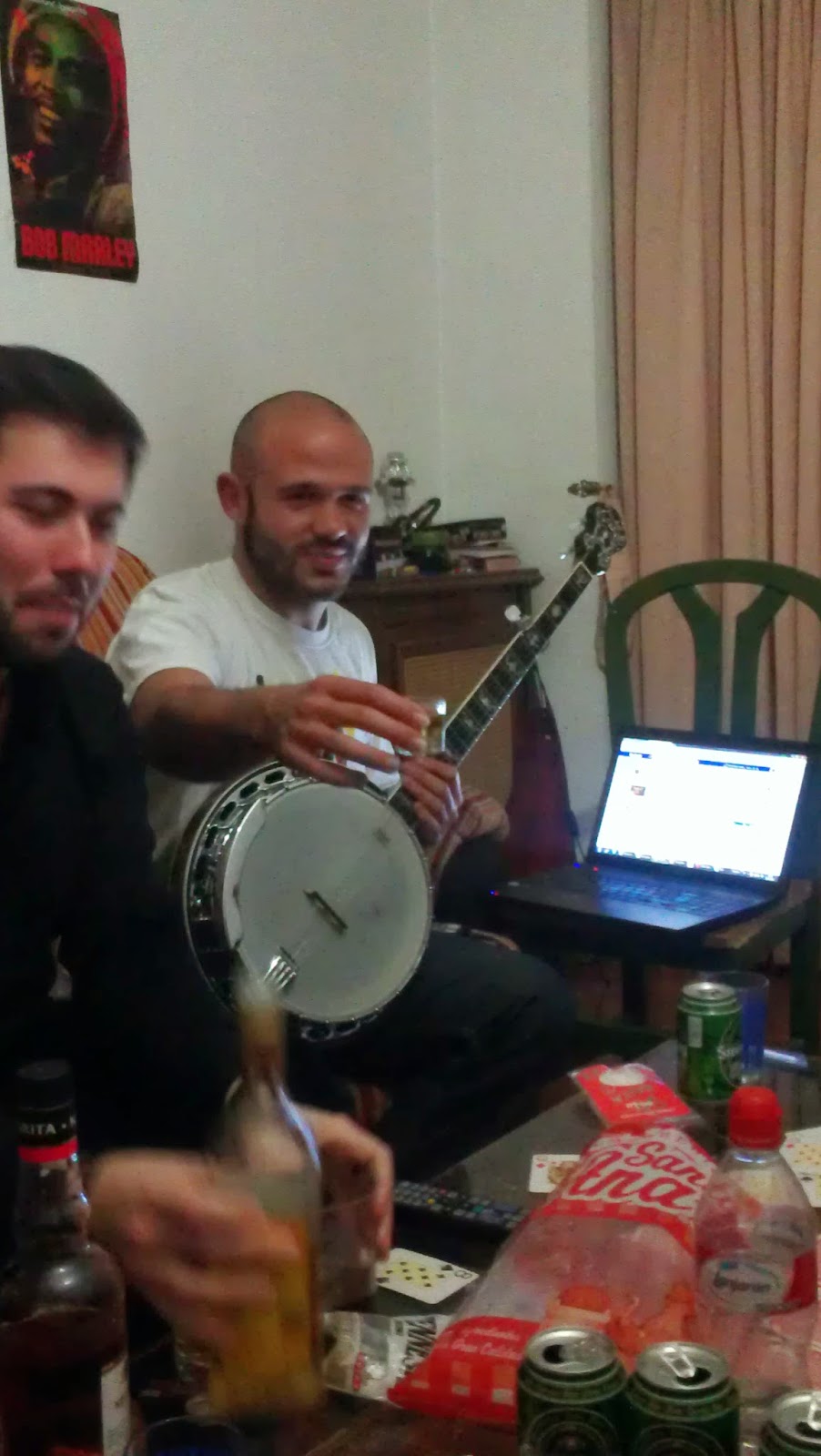.jpg) |
| Pre-gaming, botellon style. Try it at home! Banjo optional. |
My loose interpretation for botellon, is ‘bring a bottle and some of those cups…‘. Though they usually occur outside of the house in a plaza or park, I think it’s far to call anything a botellon that involves more than 1 person bringing more than 1 bottle to share with the intent of drinking as much as possible before the night is over.
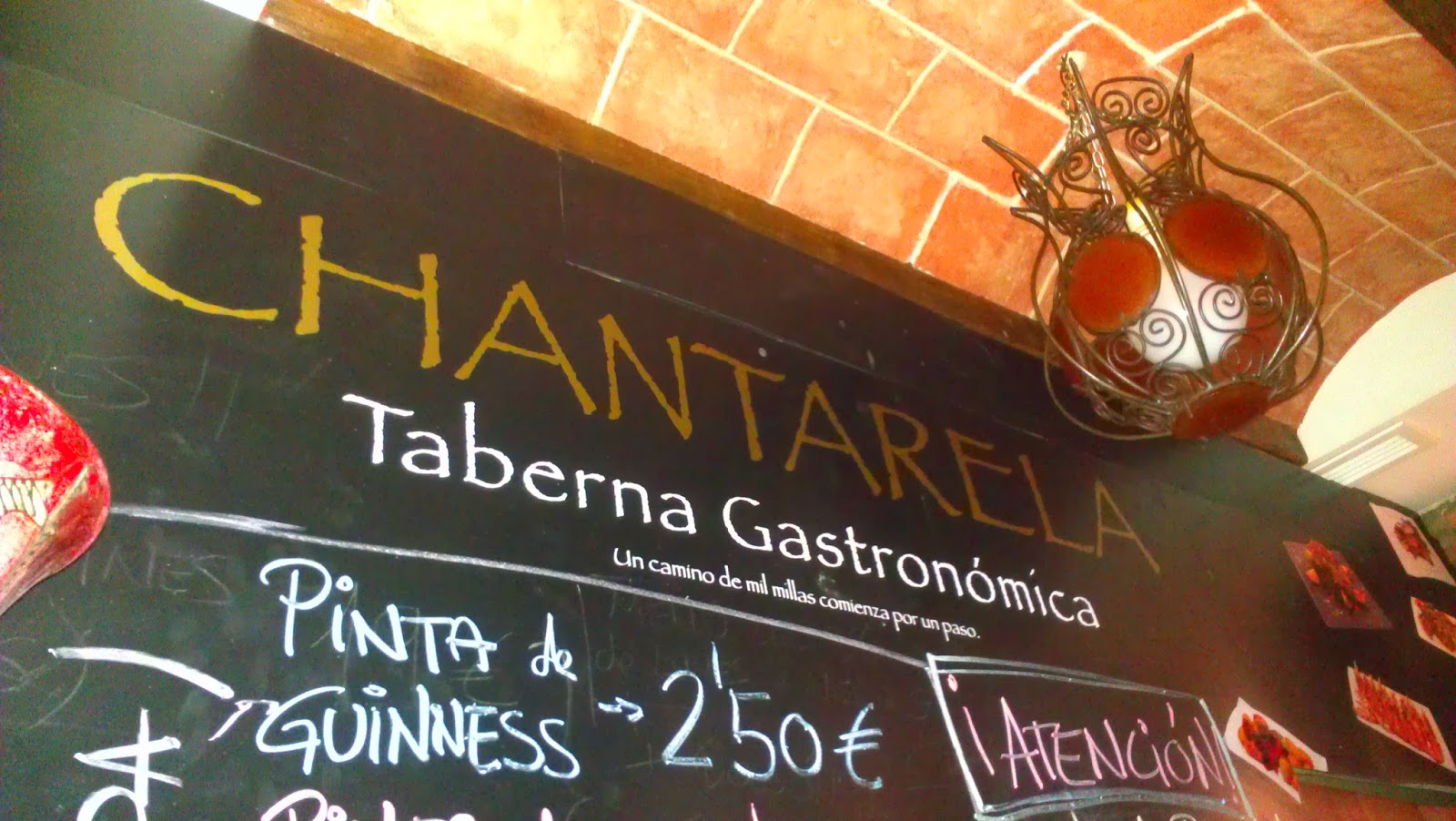.jpg) |
| First, to Chantarela for a few rounds of tapas and copas… what else? |
.jpg) |
| Our next stop was a crowded, energetic bar where this guy ogled me in the bathroom. I didn’t mind. |
After a several hours of making the rounds, we night creatures all headed back to our coffins. By the time I made it back to my room and collapsed, it was a little after 4am.
La Morena Comes to Visit
“Oh crap, what time is it?” was my first thought upon waking the next morning. I was supposed to be meeting up with Dominique (aka, La Morena de Andalucia), who I had pestered until she agreed to come into Granada so we could hang out for the day. We strolled around Granada catching up on everything until it was time for me to head off to my appointment at the nearby hammam.
 |
|
|
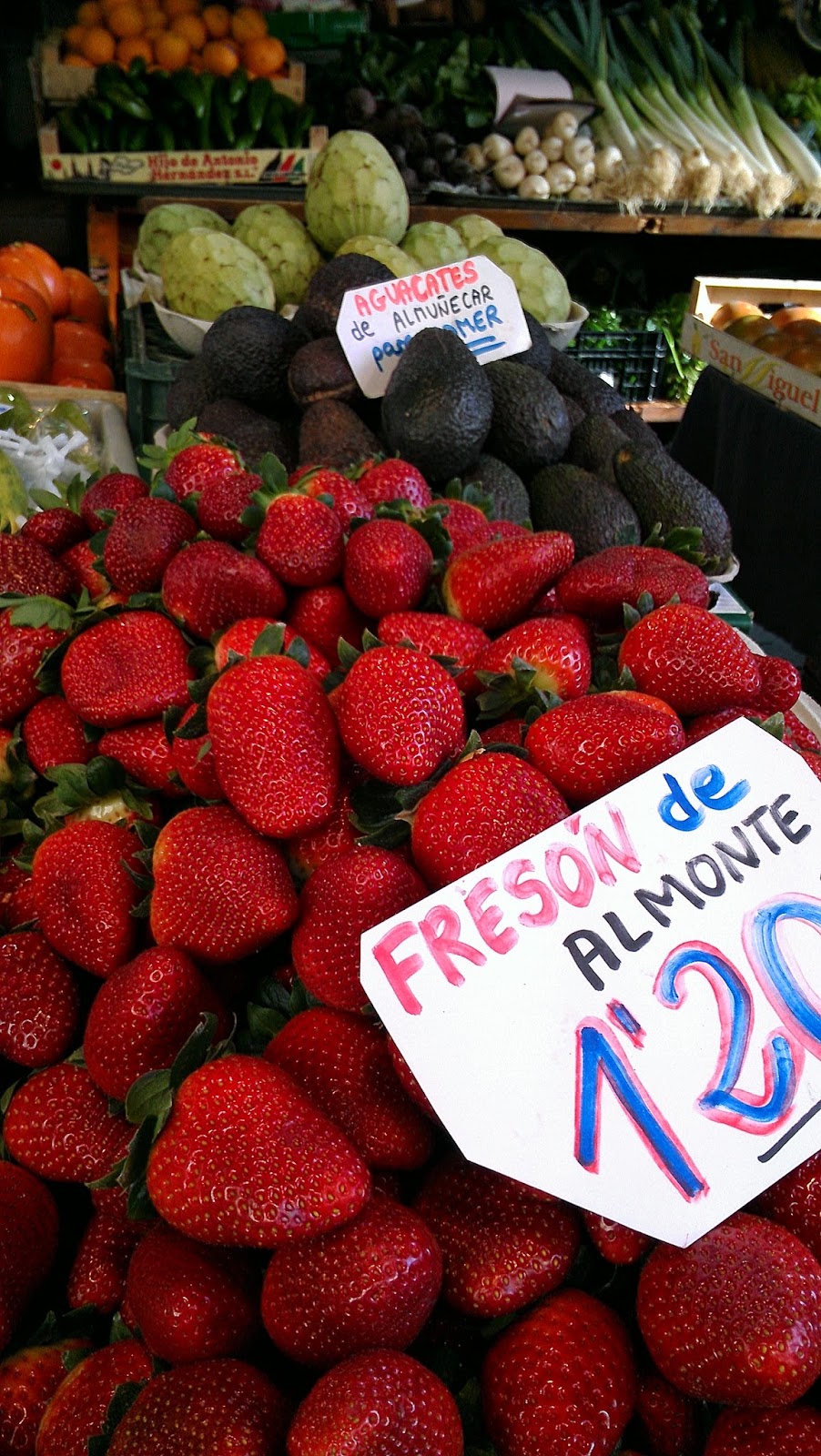.jpg) |
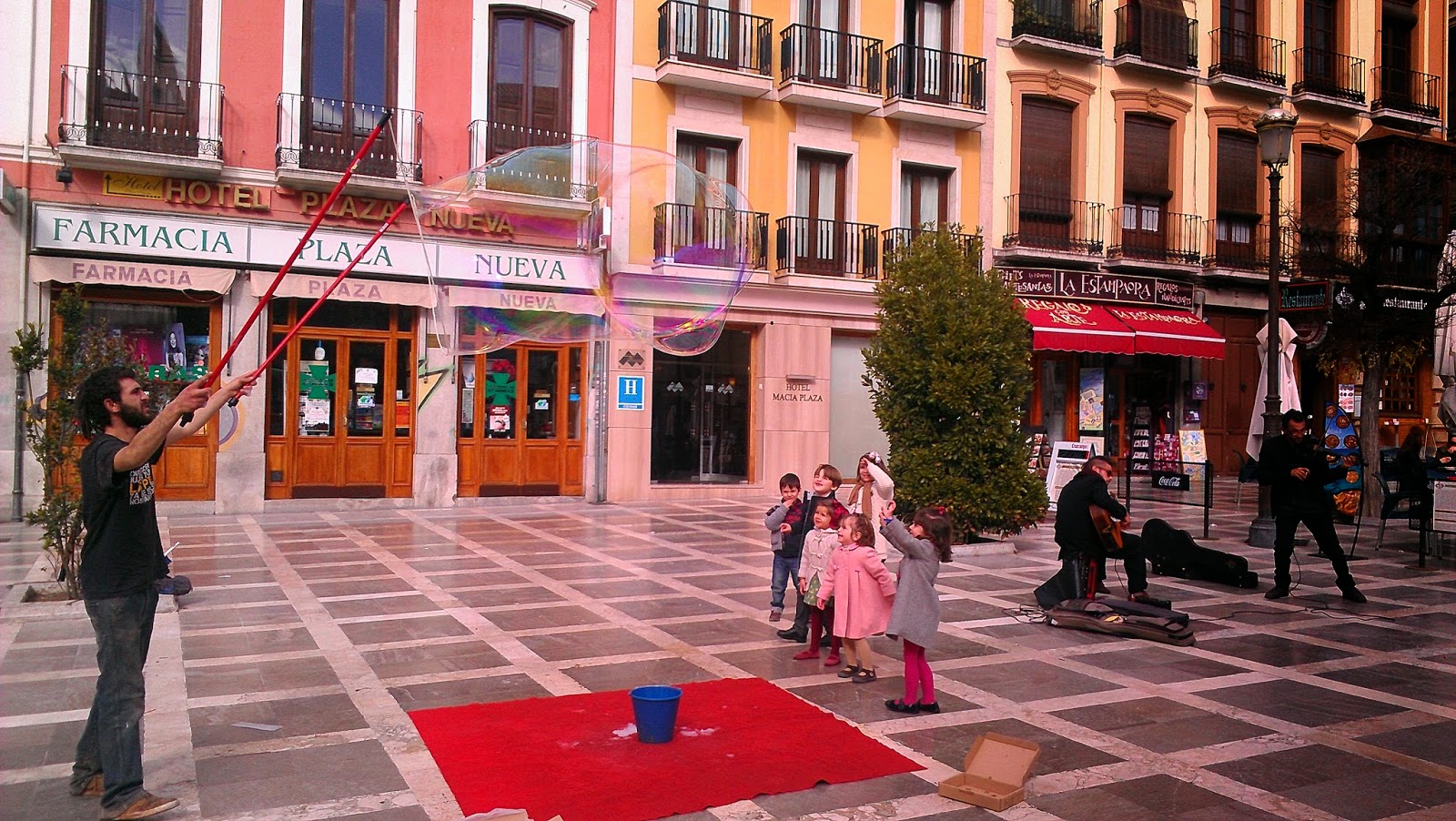.jpg) |
| kids playing at plaza nueva |
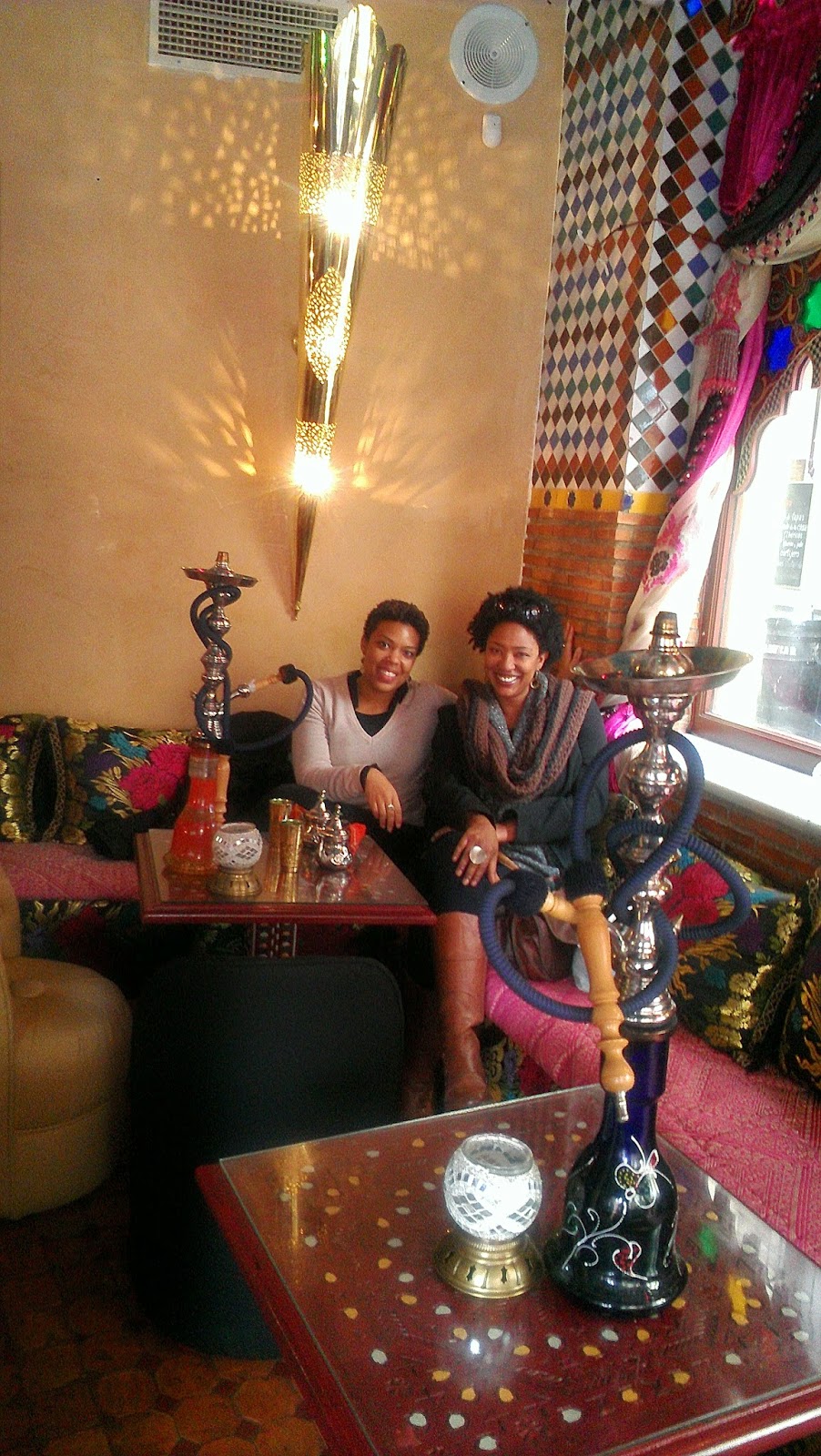.jpg) |
| 2 for tea – Dominque and me at a teteria on Elvira |
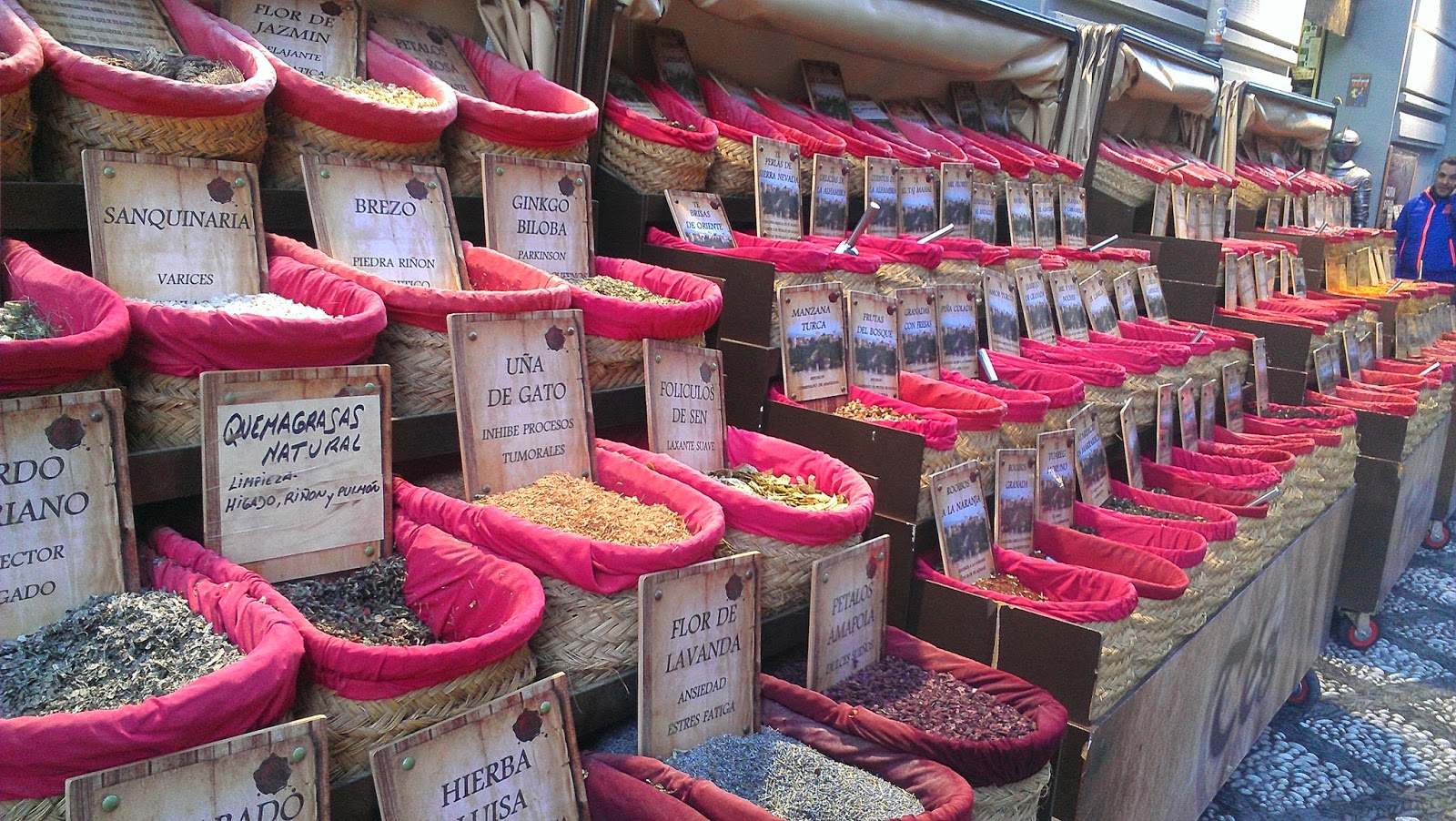.jpg) |
| spice vendor near granada cathedral |
Hammam Al Andalus
After all the walking at the Alhambra and the Albayzin the previous day, followed by a long night of ‘botellon and bars’, my poor body needed some rejuvenation. The Hamma al Andalus was right on time.
.jpg) |
| No pictures allowed inside. But I managed to sneak this one of me with my shoe shower caps. |
Inside the hammam are 3-4 ‘baths’ or large soaking pools – each has a different temperature (from ice cold to warm-but-not-hot). There’s also a steam room and a massage area. My entry fee of 25€ included admission to the baths for 2 hours and a 15-minute massage. The massage was pretty good, and I felt the price was fair, especially because I needed it so badly.
After the hammam, I met up with Dominique, Nicole, and Allison (aka, the out-of-towners) for tapas at Bella y la Bestia.
.jpg) |
| I’m giddy from an excess of carbs and a lack of sleep. |
Soon, it was time for Dominque to head back to Huelma. We hung out a bit more around Elvira, and then I saw her off to the bus station.
Shisha and Bars
Saturday night. Last night in Granada. So I start it off by meeting up with Brit for shisha and a nice cup of tea. We’re both a little hungover from the night before, and before we leave the teteria, Brit throws in the towel and heads home for the night. Fare thee well o Hiawatha. Fare thee well, O mighty warrior.
I went on to meet up with the rest of the girls for a couple of bar stops:
First, at Chantarela (Yes, again. Cuz it was that good.)…
Then, at Poe, where Allison had her first taste of absinthe…
And finally, at one of these interesting Spanish drinking establishments I call ‘shot houses’ – a bar that’s really popular because they serve a dizzying array of shots for about 1euro each.
All in all, it was a nice way to wrap up the weekend.
And it was a good thing I booked my return bus for the afternoon. I definitely needed to sleep in.

.jpg)
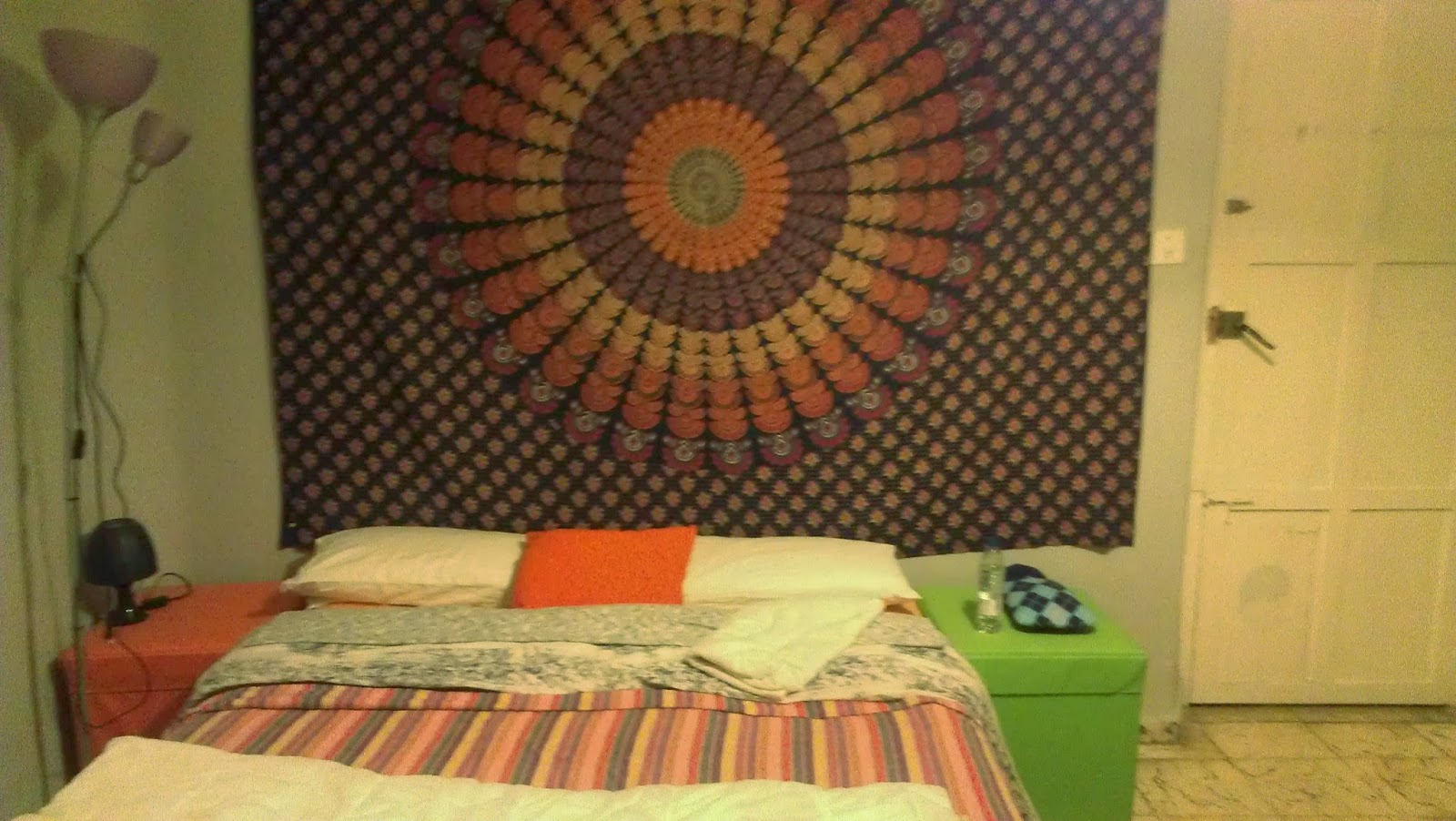.jpg)
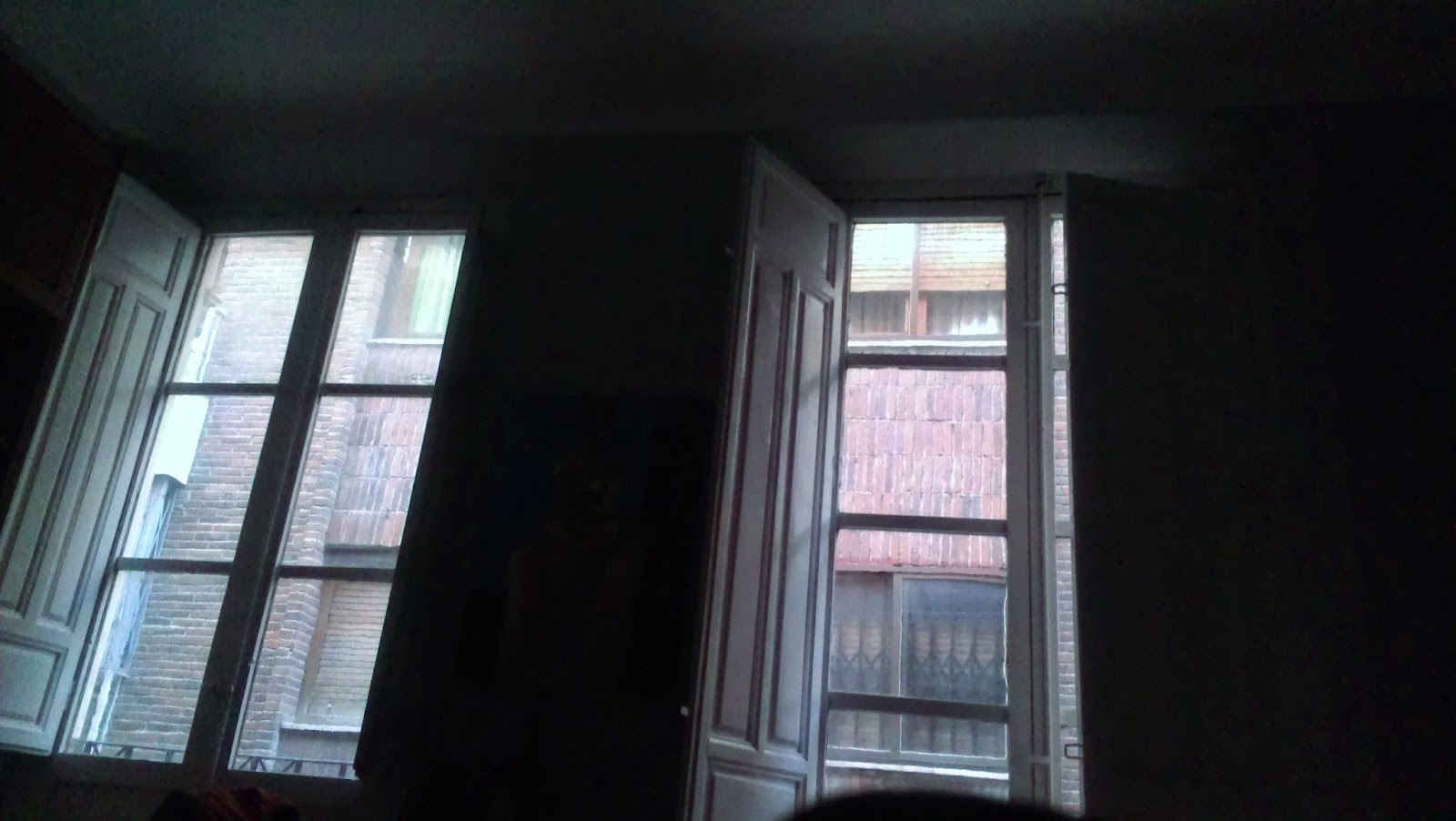.jpg)
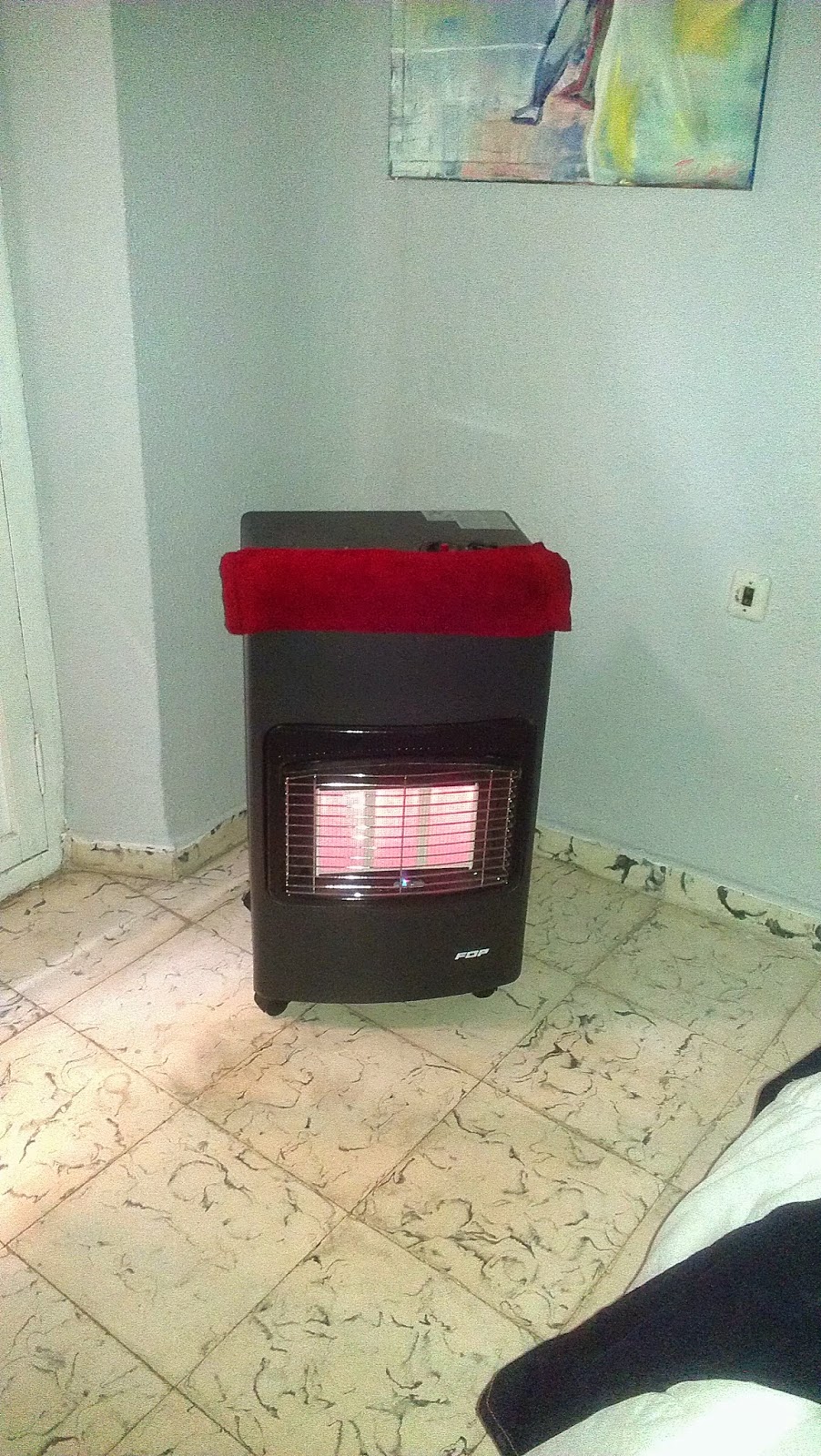.jpg)
















































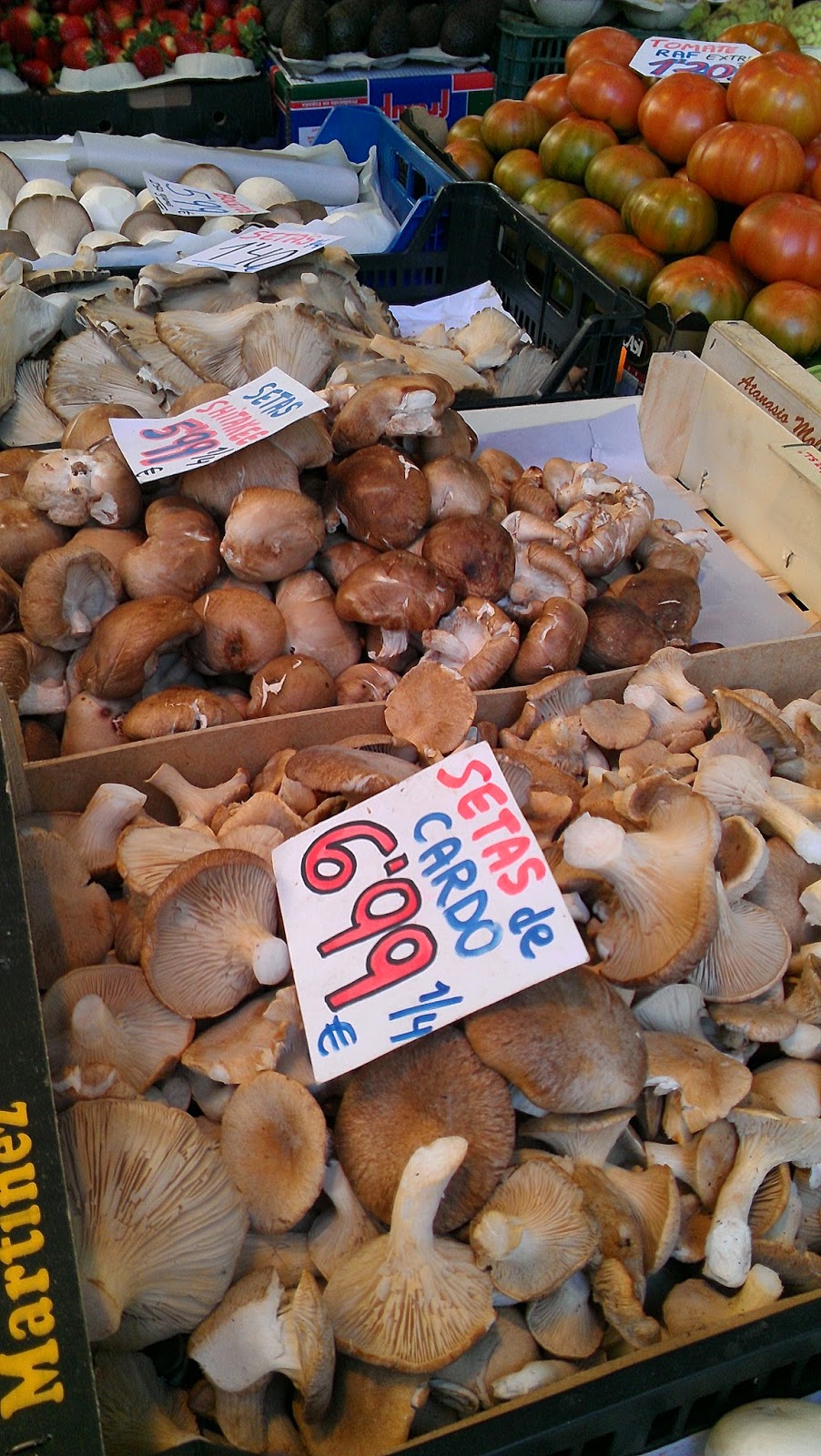.jpg)

.jpg)

.jpg)
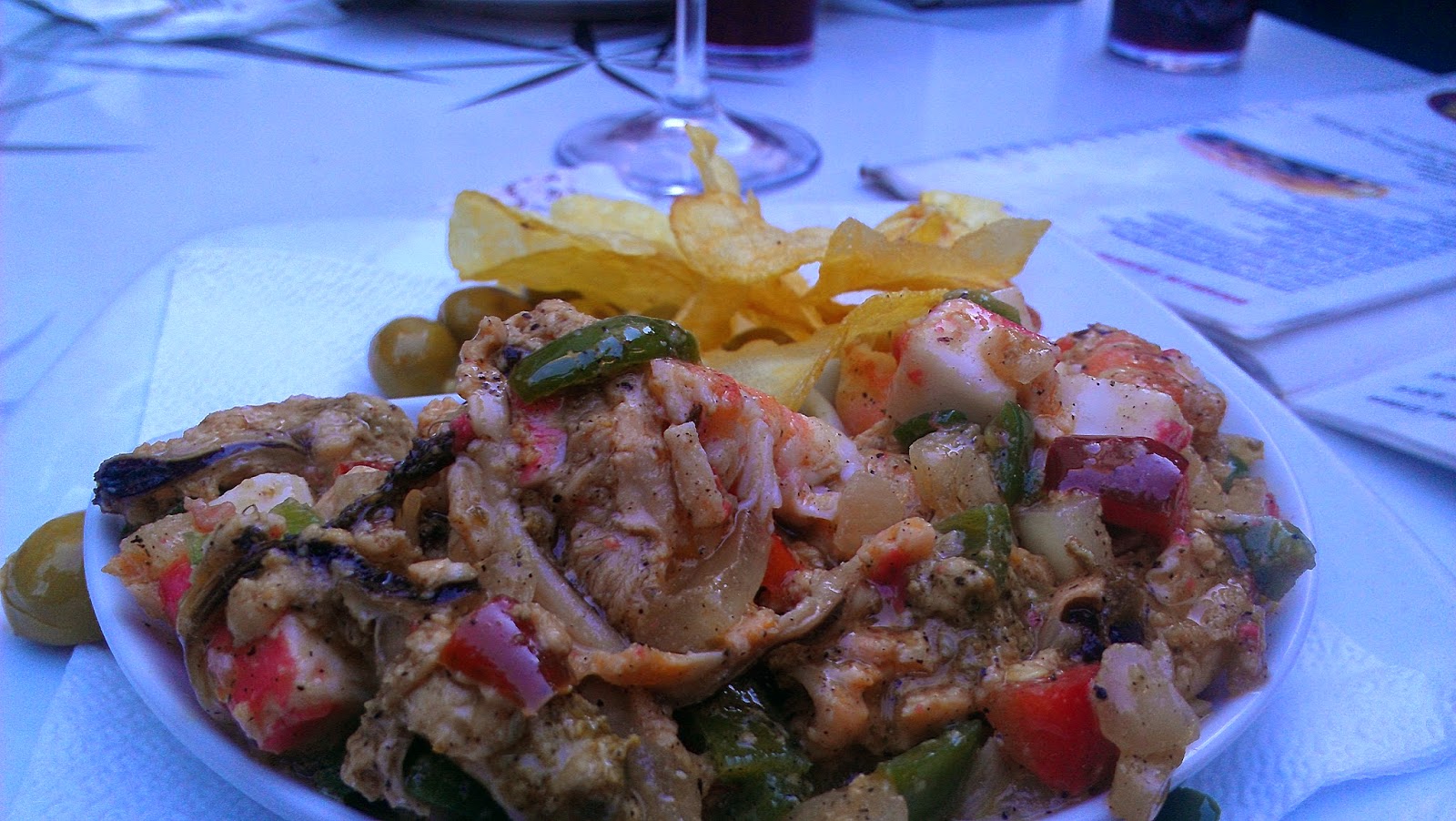.jpg)
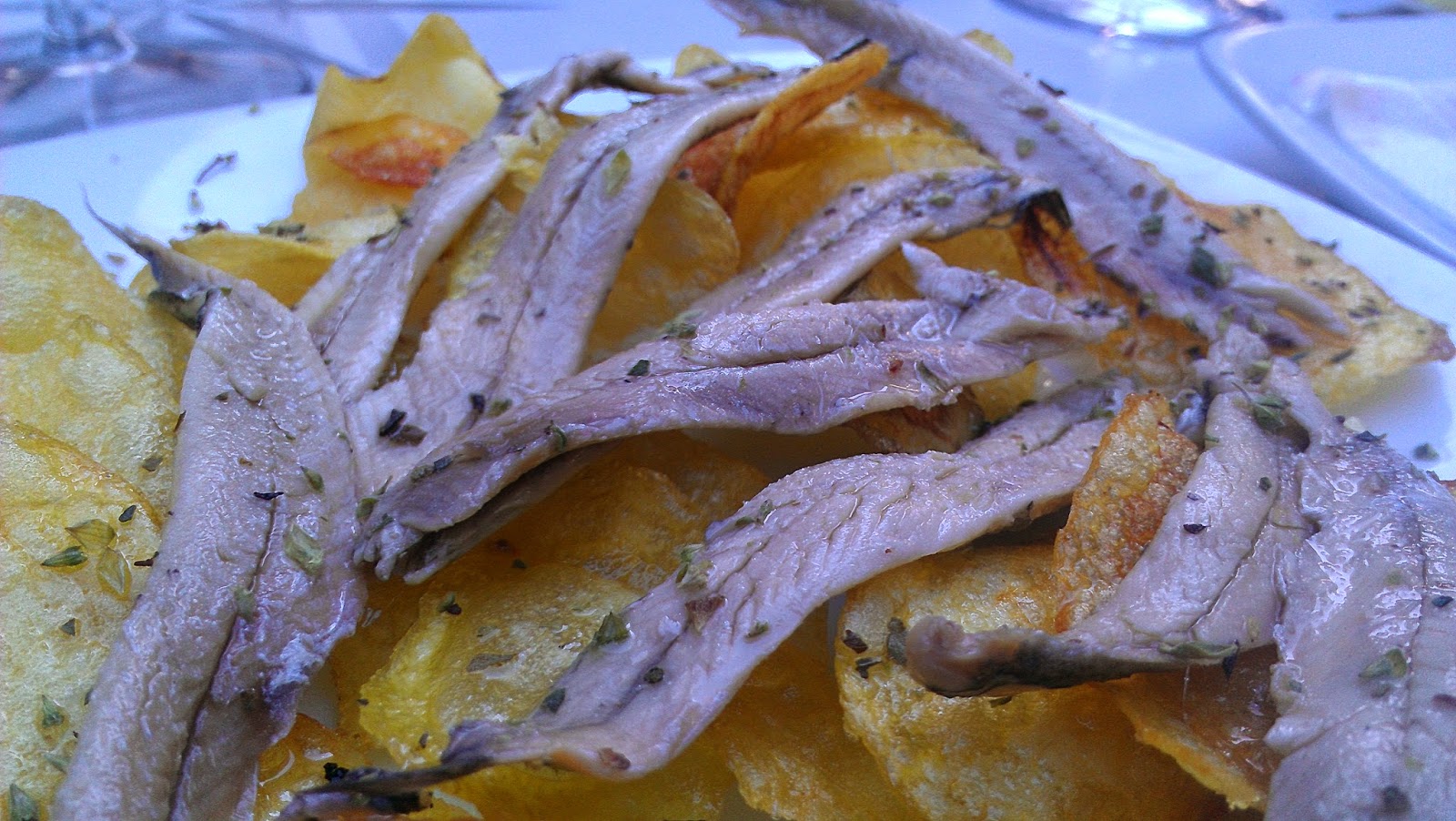.jpg)

.jpg)
.jpg)
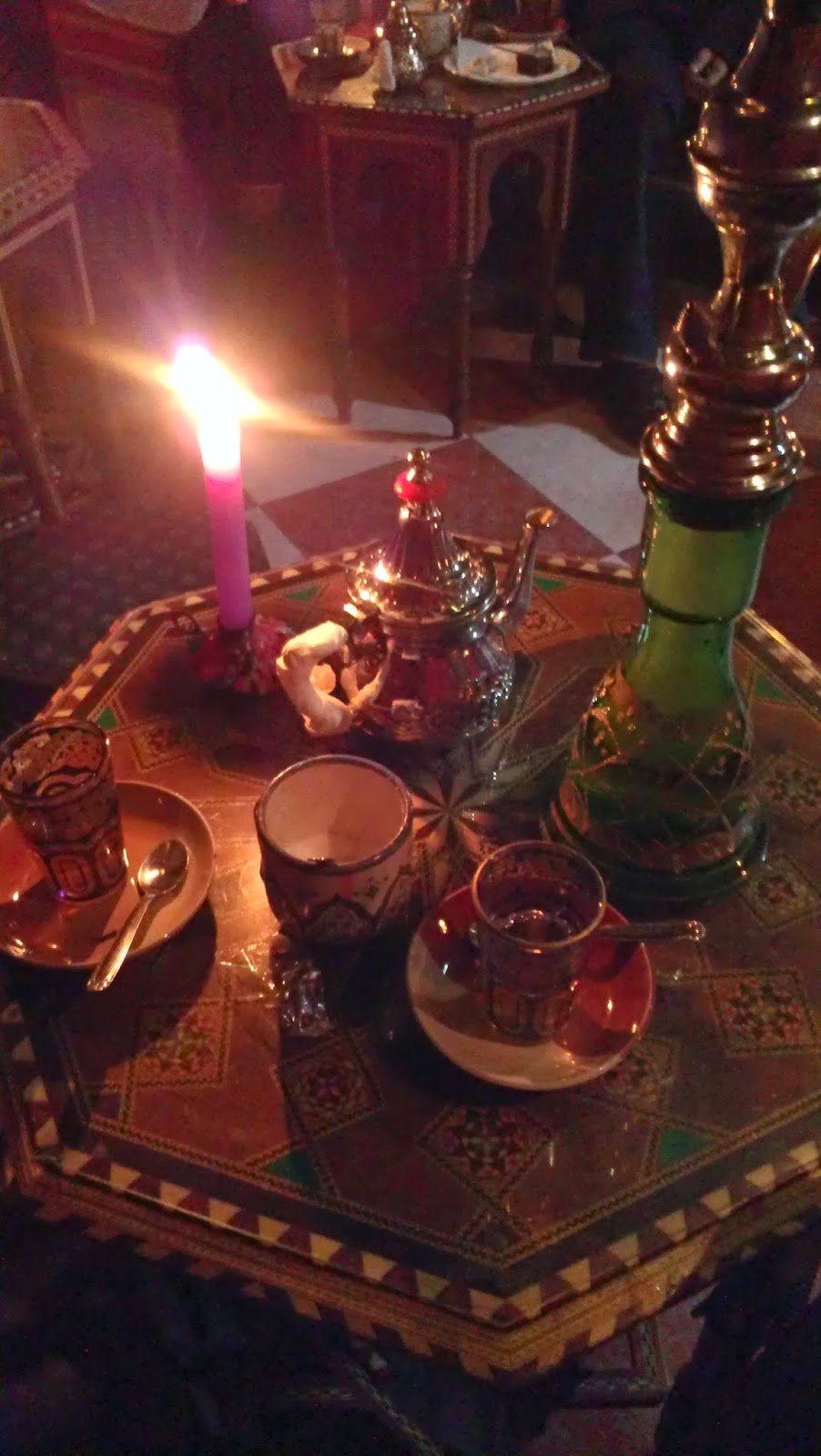.jpg)

.jpg)
.jpg)
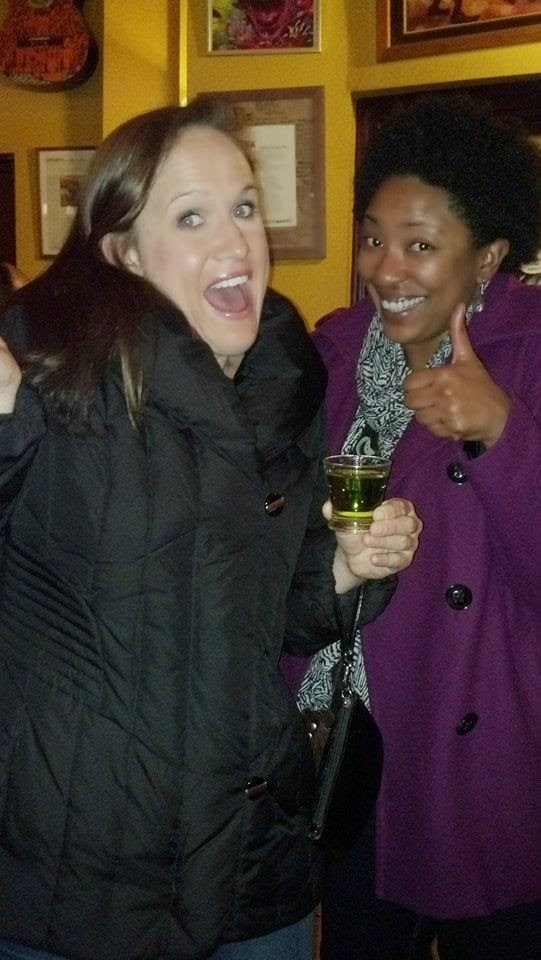.jpg)
.jpg)





























